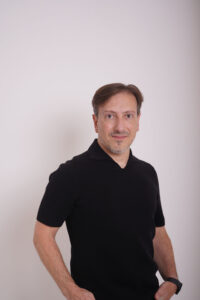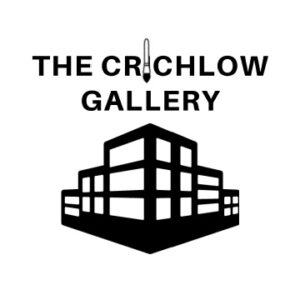The “Aurora” art exhibition, a gallery of student artwork centered around the intersection of humanities and health, was hosted by UCI Illuminations on June 1.
Keynote speakers included School of Humanities Dean Tyrus Miller, art history associate professor Lyle Massey, medical humanities & arts program manager Leonora Naser-Savaria, art history chair James Nisbet and certified music therapist Eric Mammen.
The speakers highlighted the importance of creating interdisciplinary connections between the arts and humanities, as well as creating art to embrace the diverse array of emotions that occur within the field of healthcare.
The gallery consisted of 17 art pieces, including “How to Fold a Wish” — a canvas displaying the steps to fold an origami swan into a metaphorical “wish” — by third-year art student Aejin Yi. Another piece of artwork, “25 Years of Experience” by Morgan Grimes, featured three digital collages with different parts of the human body decorated with flowers. “How to Catch a Fish” by Alfred Timothy Camacho, made with acrylic paint on canvas and markers, depicted a young man in a red shirt and red surgical mask in front of four gray trout-like fish inside a net.
Nisbet explained that the pieces in the exhibition were selected for the “conscious attempt to invoke human thoughts.” He also emphasized the importance of a humanities perspective in addressing “dying, death and grief.”
“Medical practice cannot address existential topics only from a scientific perspective,” Nisbet said.
Naser-Savaria highlighted different historical and practical examples of the arts, humanities and sciences working together.
“There’s a reason why the discovery of evolution was first documented in drawings and why the first surgeons were barbers,” Naser-Saravia said. “Creative expression is essential for diagnosis — [like] improv for problem-solving and storytelling for advocacy.”
Mammen, who works at the Children’s Hospital of Orange County, explained that the intersection of arts and humanities helps children heal from serious injuries and diseases without forcing them to share their emotions.
“We trick kids all the time,” Mammen said. “We use art and music to help them through that [grieving] process. The goal is not a pretty art piece — expression is the goal.”
He praised the “Aurora” exhibition, stating that he was “looking for inspiration” while browsing the pieces and saw an array of human emotions, such as “pain, joy and hope.”
One attendee, who wished to remain anonymous, discussed their reaction to the way the speakers informed them about the relationship between the sciences and humanities.
“This really opened my eyes to see how different majors are related,” the guest said. “Humanities and science are [seen as] separate but are really one and the same.”
Helena San Roque is a Campus News Staff Writer. She can be reached at .
This content was originally published here.


